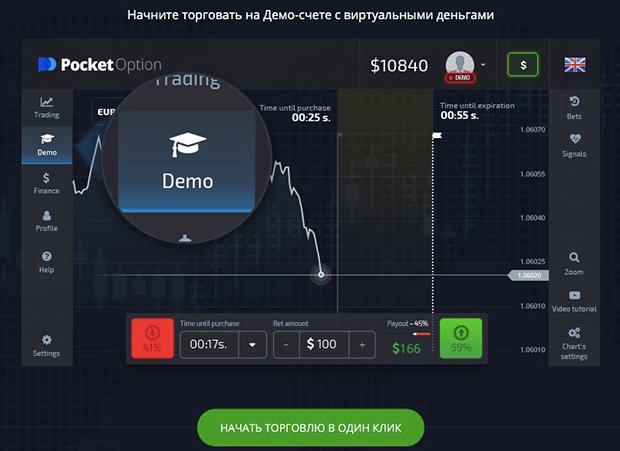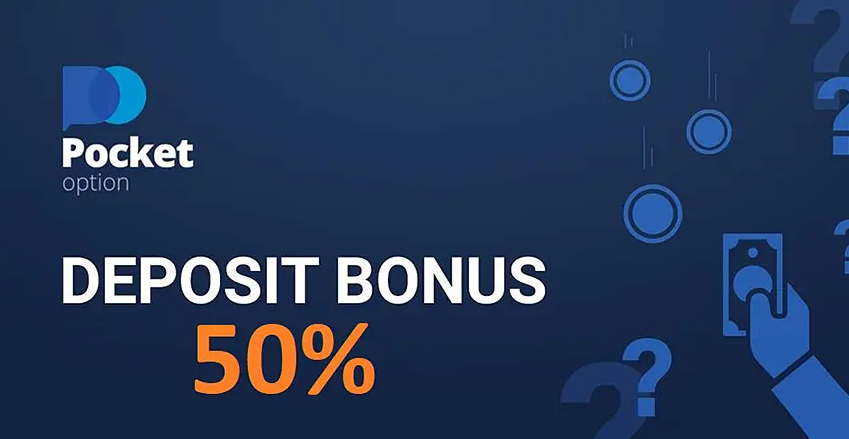
Pocket Option Fees: A Comprehensive Overview
When engaging in online trading, understanding the fee structure of your chosen platform is crucial to maximizing profitability and minimizing unexpected costs. In this article, we will focus on the Pocket Option Fees gebühren Pocket Option DE and explore the different types of fees associated with trading on Pocket Option, including trading fees, deposit and withdrawal fees, and any hidden costs that traders may encounter.
What is Pocket Option?
Pocket Option is an online trading platform that offers a range of financial instruments, including forex, cryptocurrencies, stocks, and commodities. Since its inception, it has attracted both novice and experienced traders due to its user-friendly interface and educational resources. However, understanding the fees associated with trading on Pocket Option is crucial for any trader looking to maximize their profits and manage their investments effectively.
Types of Fees on Pocket Option
On Pocket Option, there are several types of fees that traders should be aware of:
1. Trading Fees
Trading fees are the costs incurred when opening or closing a position. Interestingly, Pocket Option does not charge any direct trading fees, which makes it attractive for traders looking to avoid high transaction costs. Instead, the platform generates revenue from spreads— the difference between the buying and selling prices of assets.
2. Deposit Fees
When funding your Pocket Option account, the platform generally does not charge any deposit fees for most payment methods. However, it is essential to check with the specific payment provider you choose, as they might impose their own transaction fees. Popular payment methods like credit cards, e-wallets, and bank transfers typically do not incur additional charges.

3. Withdrawal Fees
While Pocket Option does not charge withdrawal fees for most methods, it is essential to be aware that some withdrawal methods might involve fees imposed by the payment service provider itself. Depending on the method you use to withdraw funds, you may incur costs that can impact the overall amount you receive.
4. Inactivity Fees
Another critical fee to consider is the inactivity fee, which is charged when an account remains dormant for a specific period. Pocket Option may impose a monthly inactivity fee after a period of inactivity, typically after six months. This is to encourage traders to engage with the platform actively and to cover the administrative costs associated with maintaining dormant accounts.
Understanding Spread Costs
As mentioned earlier, while Pocket Option does not charge direct trading fees, its revenue primarily comes from spread costs. Traders must understand that the spread can vary based on market conditions and the assets they trade. A tighter spread usually indicates better trading conditions, but during periods of high volatility, spreads may widen, which can affect your trading costs.
Comparative Analysis of Pocket Option Fees
When evaluating Pocket Option fees in the context of other trading platforms, it becomes clear that its model is competitive. Many brokers charge a combination of trading fees, deposit and withdrawal fees, and inactivity fees, which can add up and affect profitability. As Pocket Option adopts a different approach by minimizing direct fees, it can be more appealing for frequent traders and those who prefer to keep their costs low.
Tips to Minimize Trading Costs on Pocket Option
To get the most out of your trading experience on Pocket Option, consider adopting the following strategies:
- Choose the Right Payment Method: Select payment methods that do not incur additional fees for deposits and withdrawals. E-wallets can often offer faster processing times without charges.
- Be Active: Avoid inactivity fees by engaging with the platform regularly. If you are not planning to trade frequently, consider either maintaining a smaller balance or withdrawing funds to avoid incurring costs.
- Keep an Eye on Market Conditions: Stay informed about volatility and market trends to avoid larger spreads, especially during peak trading times.
- Explore Promotions and Bonuses: Many trading platforms, including Pocket Option, offer promotional bonuses. Be sure to read the terms associated with such bonuses, as they can offset some fees incurred.
Final Thoughts
Understanding the fee structure of Pocket Option is vital for any trader looking to optimize their trading strategy. While the platform does not impose direct trading fees, it is still essential to consider indirect costs such as spread, potential withdrawal fees, and inactivity fees. By being informed about these costs and adopting a proactive approach, traders can enhance their trading experience and make the most out of their investments on Pocket Option.
In conclusion, while Pocket Option has a reputation for minimal fees, knowledge is power. Familiarize yourself with all potential fees associated with the platform, and always stay up to date with any changes in their fee structure to ensure successful trading.
